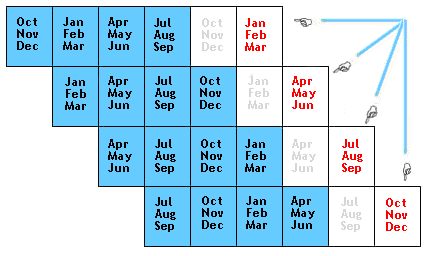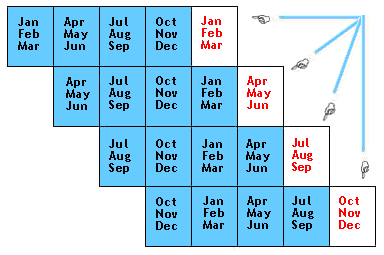Estimate your benefit
Although we cannot tell you how much you will receive until you apply for benefits, you can estimate your own weekly benefit amount ahead of time.
When will I know my weekly benefit amount?
After you apply for benefits, we will mail you an Unemployment Claim Determination letter that tells you how much you are potentially eligible to receive.
How much can I get each week?
In Washington state, this is how your weekly benefit amount is calculated:
Step 1: We add together the gross wages from the two highest quarters in your base year, then we divide by 2.
Step 2: Multiply the amount in step 1 by 0.0385.
- If this is more than Washington’s official maximum weekly benefit amount of $1,019, you will get $1,019.
- If this is at least $323 and not more than $1,019, you will get this amount, rounded down to the nearest dollar.
- If this is less than $323, we go to step 3.
Step 3: We calculate your weekly wage. We take the amount calculated in step 1, multiply by 4 and divide by 52 weeks. That equals your estimated weekly wage.
Step 4: Then we compare your estimated weekly wage to $323. You will get the lesser amount, rounded down to the nearest dollar.
Examples of weekly benefit amount calculation:
|
Step 1: Average of two |
Step 2: Multiplied by .0385 |
Step 3: Estimated weekly wage |
Step 4: Weekly benefit |
|
$2,800 |
$107.80 |
$215.38 |
$215 |
|
$4,500 |
$173.25 |
$346.15 |
$323 |
|
$10,508 |
$404.56 |
$808.30 |
$404 |
|
$19,480 |
$749.98 |
$1,498.46 |
$749 |
|
$30,000 |
$1,155 |
$2,307.69 |
$1,019 |
What is my base year?
Your base year is the first four of the last five completed calendar quarters before the week in which you apply for benefits. For example, if you applied for unemployment benefits on Jan. 20, 2023, your base year would include wages earned from Oct. 1, 2021, through Sept. 30, 2022.
You could be eligible for an alternate base year claim if you do not have enough hours in that base year for a valid claim (see below).
When you file your claim here:

Your base year is the blue-shaded area.
How much can I get before my benefits run out?
The total amount of benefits potentially payable on your claim is found by taking the smaller of:
- 26 times your weekly benefit amount or
- 1/3 of the total gross wages in all four quarters of your base year.
Estimate your own WBA
- Identify the two highest quarters in your base year.
- Key each total in the boxes below.
- Press "Calculate" to see how much you are potentially eligible to receive.
- To try again, press “Clear” and start over.
Keep in mind that this is just an estimate of your weekly benefit amount. Your actual weekly benefit amount may be different when you file your claim.
Alternate base year (ABY) claims
You could be eligible for an alternate base year claim if you do not have the required 680 hours of work in your regular base year.
The base year for an alternate base year claim is the last four completed calendar quarters before the week in which you file your claim. You must have 680 hours of work in the alternate base year and still meet all of the other eligibility requirements.
If you file your claim here:

Your base year is the blue-shaded area.
Earning deductions chart
This chart helps determine how much you may get if you report partial earnings during a week.